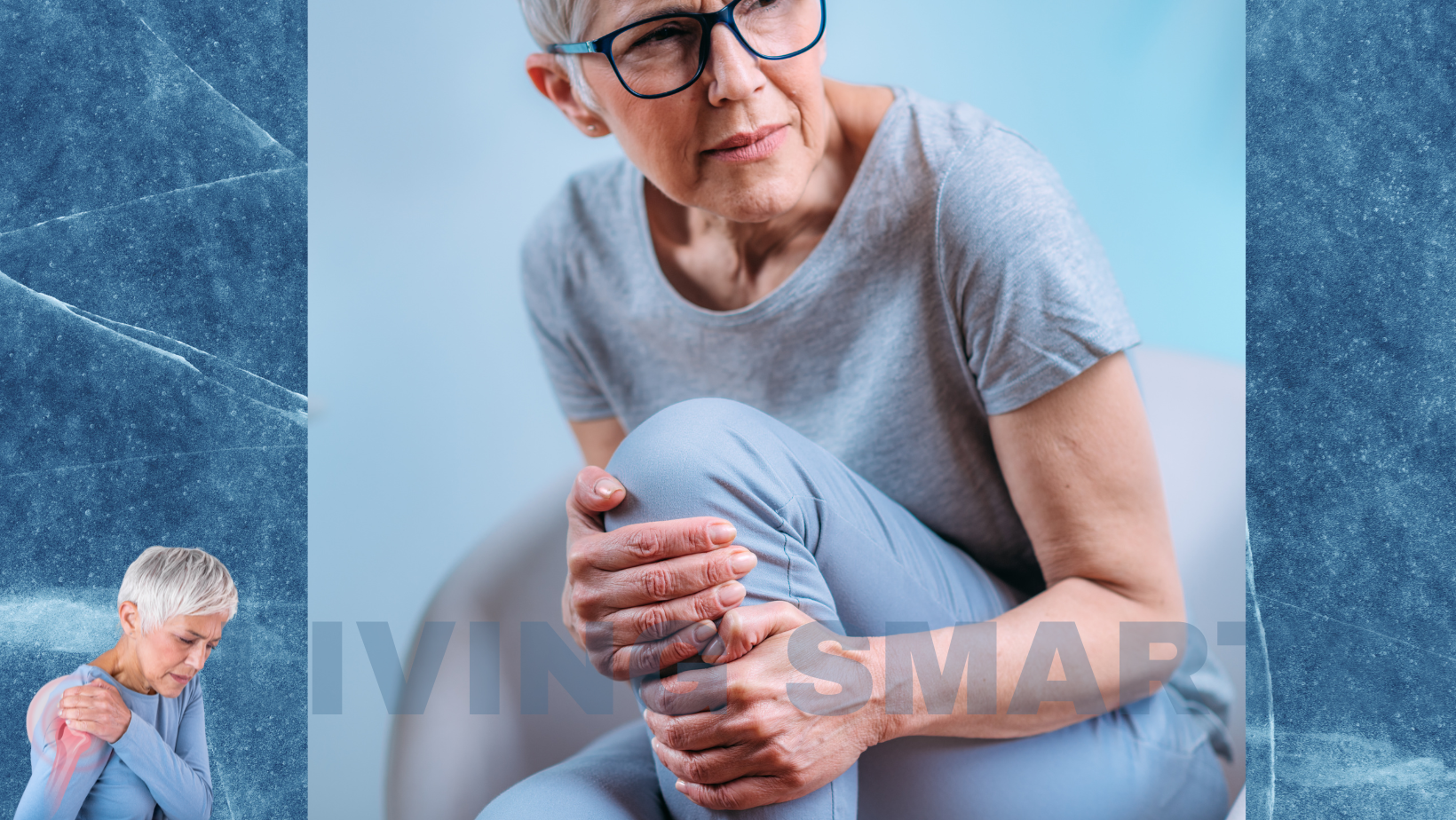Uncovering the Connection between
Fibromyalgia and Bursitis

As someone who has experienced both Fibromyalgia and Bursitis, I sure do get the issues between the soft tissue in Fibromyalgia AND the soft tissue in Bursitis.
Not to be confused with Arthritis, the way that Bursitis acts in the body and around joints in quite different.
A bursa sac, commonly referred to simply as a bursa, is a small, fluid-filled sac located in various areas of the body where friction between tissues might occur, typically near joints.
The primary function of a bursa is to reduce friction and facilitate smooth movement between bones, tendons, muscles, and skin.
These sacs contain a small amount of synovial fluid, which acts as a lubricant, allowing adjacent structures to glide over one another with minimal friction.
What exactly is a bursa sac in Bursitis?
Key features of a bursa sac include:
- Fluid-Filled Structure:
The bursa is filled with synovial fluid, a thick, slippery fluid that helps reduce friction and provides lubrication for joint movement. - Anatomical Locations:
Bursae are located in areas where friction is common due to movement.
Common sites include the shoulders, elbows, hips, knees, and heels. There are various bursae throughout the body, each serving a specific purpose. - Cushioning and Protection:
Bursae act as cushions and provide a protective barrier between bones, tendons, and muscles.
They help prevent irritation and inflammation that could occur due to repetitive motion or pressure on the joints. - Facilitation of Movement:
By reducing friction, bursae facilitate smooth movement of tendons and muscles over bones during activities like walking, running, or joint flexion.
Factors that may lead to Bursitis
- Repetitive Motion or Overuse:
Continuous, repetitive motion or overuse of a joint can lead to irritation and inflammation of the adjacent bursa.
(This is a common cause of bursitis in people who engage in activities that involve repetitive movements, such as sports, gardening, or certain occupations) - Trauma or Injury:
Direct trauma or injury to a joint can cause inflammation of the bursa.
This may occur due to a fall, a blow to the joint, or other forms of physical impact. - Incorrect Posture or Mechanics:
Poor body mechanics or incorrect posture during activities can contribute to the development of bursitis.
For example, if you consistently put excess pressure on a particular joint due to improper form, it can lead to irritation of the bursa. - Infection:
Although less common, bursitis can also be caused by an infection in the bursa. This may occur if bacteria enter the bursa, leading to inflammation. In such cases, the condition is known as infectious bursitis. - Underlying Medical Conditions:
Certain medical conditions like arthritis could increase the risk of bursitis. Or maybe you have a history of bursitis in your family?
And, what about fibromyalgia? As you have seen here, the fact that fibromyalgia tender areas occur around these same vulnerable areas as bursitis, I do believe there is a connection here.
Not that everyone will develop bursitis symptoms, we just see the correlation in these soft tissue areas.
In some of these cases, the body's immune response or metabolic processes may contribute to inflammation in the bursa. - Age:
As people age, the bursa may become more prone to inflammation. The wear and tear on joints over time can contribute to the development of bursitis. - Joint Stress:
Activities that place stress on specific joints, such as kneeling or leaning on elbows for extended periods, can increase the likelihood of bursitis in those joints.
Bursitis Symptoms can come on fast
While bursae play a crucial role in joint function and movement, they can become inflamed due to various reasons, leading to a bursitis symptoms.
By the way, these symptoms can come on fast.
I have experienced this with my knee, where I felt fine, and then symptoms of bursitis came on from what seemed like nowhere.
Bursitis occurs when the bursa becomes irritated or inflamed, often resulting in pain, swelling, and limited range of motion in the affected joint.
Remedies for Bursitis symptoms
Treatment:
- Rest and Immobilization:
Giving the affected joint adequate rest is important. I noticed myself that the first 48 hours after a bursitis swell, that rest and ice are best.
We want to rest the area (whether it is the shoulder, hip, or knee area) so we are not overcompensating on other joints.
If it is hips or knee, Use a cane or crutches to avoid over compensation if needed, after the initial swell. - Ice and Compression:
Applying ice (for inflammation) and compression (for blood flow) can help reduce swelling and inflammation.
If like me, you have experienced bursitis in your knees, using compression socks can be very helpful to keep the blood flowing around the knees. - Anti-Inflammatory Supplements:
Choose supplements first, like turmeric, or astazanthin, or CBD oil (we like Sunsoil organic) to bring down inflammation. However if a medication is needed, like Nonsteroidal anti-inflammatory drugs (NSAIDs) ,start with a lower dose.
We like to say, "LED, or Lowest Effective Dose" - Physical Therapy:
Specific exercises can help improve flexibility and strengthen the muscles around the affected joint. Follow me on both pages where we visit more specific exercises on occasion. - Aspiration:
In some cases, the fluid from the swollen bursa may be aspirated for both diagnostic and therapeutic purposes. - Antibiotics:
Although less common, if the bursitis is caused by an infection, antibiotics may be prescribed.
Circulation Therapy
Utilizing circulation therapy is one of my favorites when I have a bursitis knee swell.
Alternate cold and warm/hot back and forth about 5-10 minutes each, or less time. In this case, you want more cold for inflammation, but we need BOTH for good blood circulation.
Bring the blood out, push it back in, bring it out, push it back in. THAT is good circulation therapy through hot and cold applications.
The "traditional" time for circulation therapy is 20 minutes cold, 20 minutes warm, back and forth, but my experience is that when we are dealing with both fibromyalgia and bursitis, it is helpful to utilize 5-10 minute increments.
The KEY is blood flow. There are too many areas of the body that just need more blood flow and this is one effective way to do it.
I sit on the side of the bathtub and with a washcloth, under hot water, then put on my knee, then cold water, same. End with whatever temperature you like.
Also, Follow me on this link, at Fibro Fit People to learn safe and effective strength applications. Staying strong and agile is important, we just tailor it more specifically to those of us with fibromyalgia and co -conditions. <3 Lisa.
Related Articles:
Fibromyalgia Tender Points
Sitemap
Before you leave, my sitemap can provide you with a "God's-eye" view of this website laid out in "outline format".
Stay connected by using the contact form below.
Your second block of text...
Didn't find what you were looking for? Search for it:
living-smarter-with-fibromyalgia.com
©2013-2025 All Rights Reserved
FibroFitPeople, LLC ;©2025 All Rights Reserved









